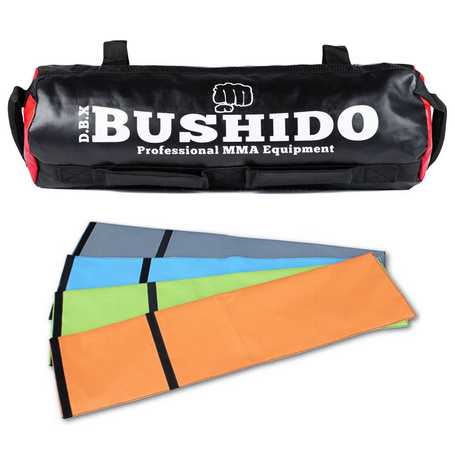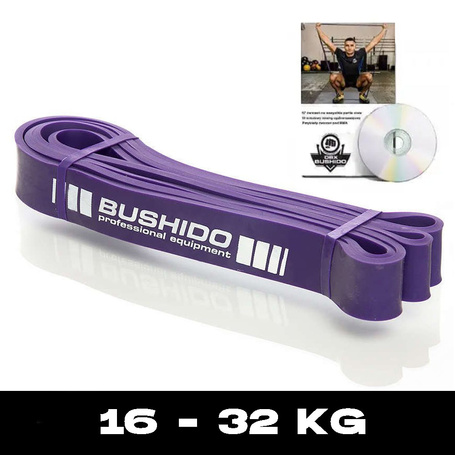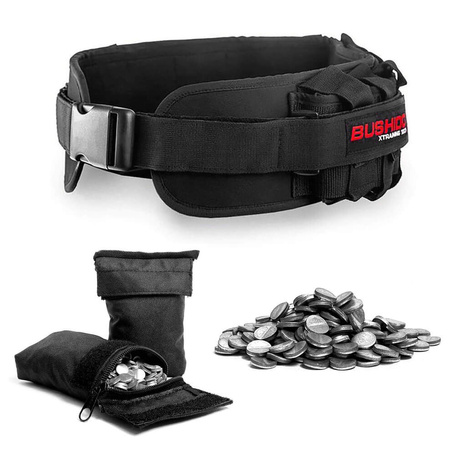How to train at home - Exercise at home.

Effective training at home without equipment ? it may sound like a contradiction, but it is possible. Beautifully equipped gyms appeared only in the 20th century, while earlier people exercised with whatever equipment they had at hand. Very often it was simply the weight of one's own body. Nowadays, calisthenics (i.e. exercises performed at home), are experiencing a renaissance, mainly due to the figure of Paul Wade, author of books on prison training.
What are the benefits of this type of training?
This type of training is called on online forums ?old school?. It is less focused on building muscle mass ? its main goal is to improve our fitness and endurance. For example, ? a person who does calisthenics will lift less weight in the gym than someone who does training with heavy weights. Instead, he will be able to pull himself up more times per rod whether to perform push-ups on one hand ? and these exercises, are often an impassable obstacle, for people with very large muscle mass.
Most of the exercises consist of simple movements (which we will describe later in the article) that, as fitness increases, are performed in an increasingly difficult manner.
Pumps
Push-ups are a basic strength exercise that can be done at home. People who are new to training and do not have enough strength to perform, for example, 20 repetitions, can start with easier versions of this exercise. The easiest to make are ? push-ups performed on a wall while standing, from which you can move on to push-ups on your knees and regular push-ups. Once our muscles have become accustomed to performing ordinary push-ups, we can move on to more advanced versions of them.
In time, we will be able to do push-ups on one hand and even, push-ups standing on hands. In calisthenics, the characteristic element is to perform increasingly advanced exercises for a particular body part. If you don't want to risk injury by performing asymmetrical push-ups, a better option is to buy a weight vest and putting on more and more weight.
Pulling up
Pull-ups are another of the exercises that can be done at home. Many people avoid them due to the difficulty of doing more repetitions and the lack of noticeable progress. In such a situation, the problem is that we perform exercises that are not matched to our training.
The cure for this problem is similar to doing push-ups ? start with a simple pull-up lying down or with a leg rest.
A great way to make your pull-up bar training easier is to use a rubber power band.
Power band rubbers are attached to the bar and stand for nothing - depending on the thickness of the rubber, they relieve the trainee's burden making it easier to technically perform the exercise.
When you manage to pull up a few dozen times, you will be able to switch to more advanced exercises. The real tough guys pull themselves up in weighted vests or weight belts.
Pulling up on a bar, benefits all the muscles of the upper body, because you can train in different positions (narrow or wide grip) and in overhand, underhand and hammer grip.
If you want to start pulling yourself up on a bar, you should buy a sturdy bar with multiple grips. If you have trouble even hanging on a bar, you should start with:
- handle reinforcements
- shed a few pounds
Leg exercises
Leg training without equipment, doesn't have to be limited to just running. The basic variety of exercises in calisthenics, are squats. They allow you to build a harmonious figure, cause the release of male hormones into the blood and their performance is accompanied by burning a lot of calories.
According to Paul Wade, beginners should perform squats shallowly, while with increasing sophistication ? deep and on one leg. Exercises performed on one leg increase the risk of serious knee injury, which is why many people have concerns about performing them. It is much safer to wear a weighted vest and perform traditional squats, but with extra pounds. The weight vest for such training, should offer the ability to easily adjust the weight and must not lead to abrasions. Vests with metal ball inserts are a good option.
Other leg exercises that can be done at home are:
- Lunges to the side
- Finger Climbs
- Trips
- Jump squats
Leg training should not be skipped both at the gym and when exercising at home.
Quite a variety during home training is training with rubbers that differ in the degree of stretching.





